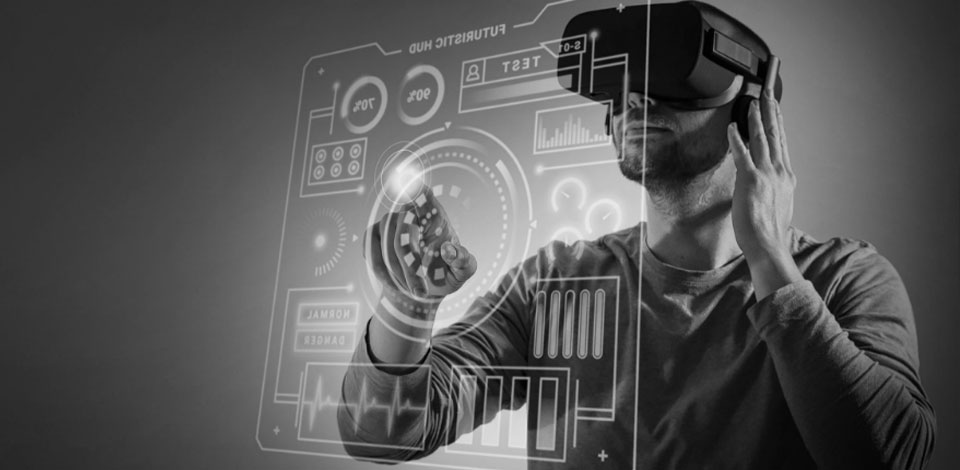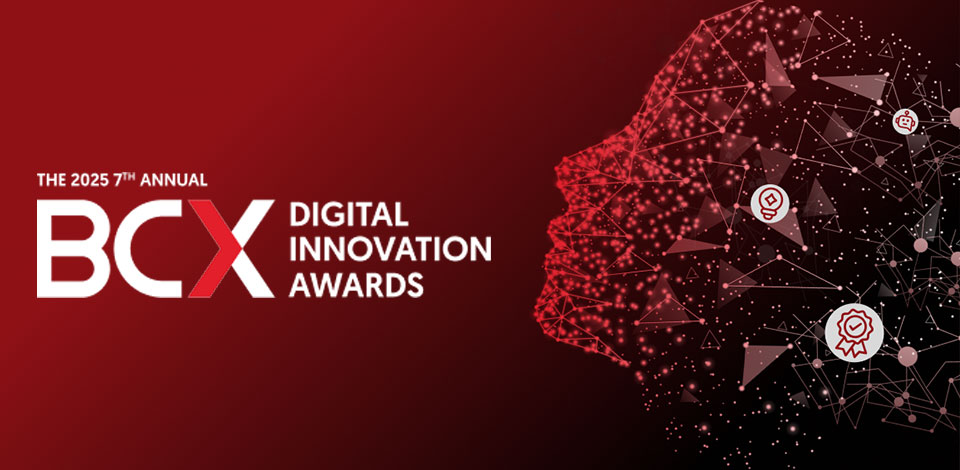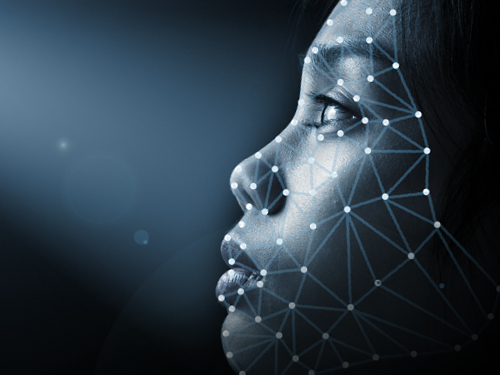
The identity revolution in healthcare
Reliable identity authentication is the foundation of better, more efficient healthcare that puts the patient at the centre. The COVID-19 pandemic driving faster change and technology has a key role to play.
The advances in medical care continue to amaze – the swift development of the COVID-19 vaccines is the latest example. But as medical treatments become more effective, they also become more complex, making them harder to manage at scale. A related trend is the sustained move to make the healthcare ecosystem more inclusive – the proposed National Health Insurance (NHI) initiative is a good example.
All this creates a significant challenge for the doctors, laboratories, clinics, hospitals, emergency response teams and others who make up the increasingly elaborate and interconnected ecosystem delivering patient care. For patients, the current traditional healthcare experience can be both confusing and alienating as they move across the ecosystem, constantly having to fill out forms to provide the same information, adding to the stress of illness or disability. In extreme cases, the medical treatment given is less than ideal because no part of the healthcare ecosystem has a unified view of the patient and the treatment he or she has received.
Conceptually, this is really an information challenge. Patient information is obviously highly sensitive and thus confidential, and there is as yet no way of sharing that information safely among service providers. And what about patients who are involved in an accident or who are suffering some sort of other medical emergency and cannot speak for themselves?
Consider a patient entering the system at Casualty, and then progressing to a ward, doctor consultations and finally admission and perhaps surgery. At each point a new file is opened because each entity maintains its own records; ditto the medical aid if there is one. New files proliferate along the way: the information is fragmented and obtaining a single view of the patient is virtually impossible.
If one thinks in business terms, with the patient as the client, then the shortcomings are manifest. The client/patient has a basically unpleasant experience and risks receiving suboptimal care. The ecosystem itself suffers from the burden of unnecessary administration. It also takes on the risk of being held accountable for an imperfect treatment regime, or for failing to identify fraud—the patient might be acting in bad faith, after all.
Clearly, the core issue is the fragmentation of information across the healthcare ecosystem. The solution is equally obvious: the patient’s information needs to be captured once and stored centrally so that a complete view is available to everyone who needs it.
There are numerous obstacles to be overcome in designing and implementing such a universal, integrated health information system, of course, but one thing needs to be in place first: the ability to identify the patient conclusively so that each provider can be absolutely sure it is contracting with, and serving, the correct person.
Once this kind of verification is possible, it becomes possible to start seeing and treating the patient holistically. A reliable and credible patient identification system would enable significant improvements in how patients move between service providers and the quality of care they receive, even if the ideal of a universal integrated health information system remains elusive.
Technology can save the day
Technology holds the key to solving these challenges. Digitising patient records will enable them to be shared more easily and to be stored centrally and securely. And it is absolutely essential when it comes to patient identification.
Given the massive move to online interactions in the wake of COVID-19, it seems highly likely that telemedicine will establish itself as an important channel for the delivery of medical care. Remote identification will be essential, and can now be accomplished. Known as remote biometric identity authentication (RBIA), sophisticated algorithms are used to compare a selfie taken on a smartphone to the biometric and other information stored on the Home Affairs National Information System (HANIS). In the background, cloud-based artificial intelligence and machine learning applications assess whether the smartphone image is of a live person; the fact that the patient may have aged does not change the essential proportions of the facial features, making identification secure.
Even if the patient is a non-South African and thus not on the HANIS system, his or her biometric information can be captured and stored so that only one file is created, and later identification can take place.
Because the NHI will involve the payment and receiving of monies, no doubt it will be subjected to stringent audits and compliance requirements to ensure waste and misappropriation of funds are mitigated or avoided at all costs. RBIA will have an enormous part to play in ensuring the NHI’s integrity especially when it comes to patient verification and authentication.
Technology is never a solution on its own, but in this case it provides the essential foundation for transforming the healthcare ecosystem to everybody’s benefit.










